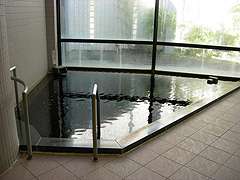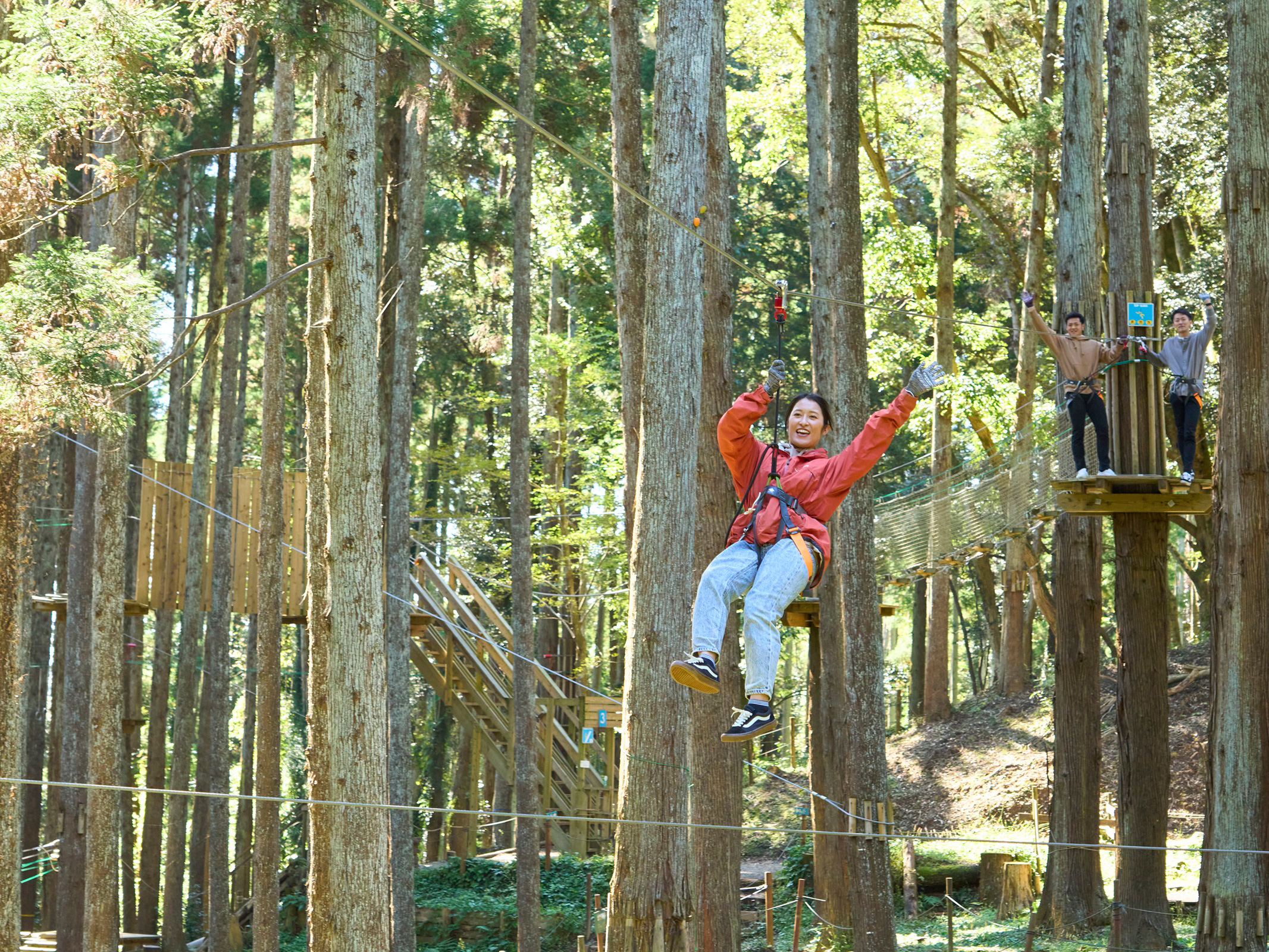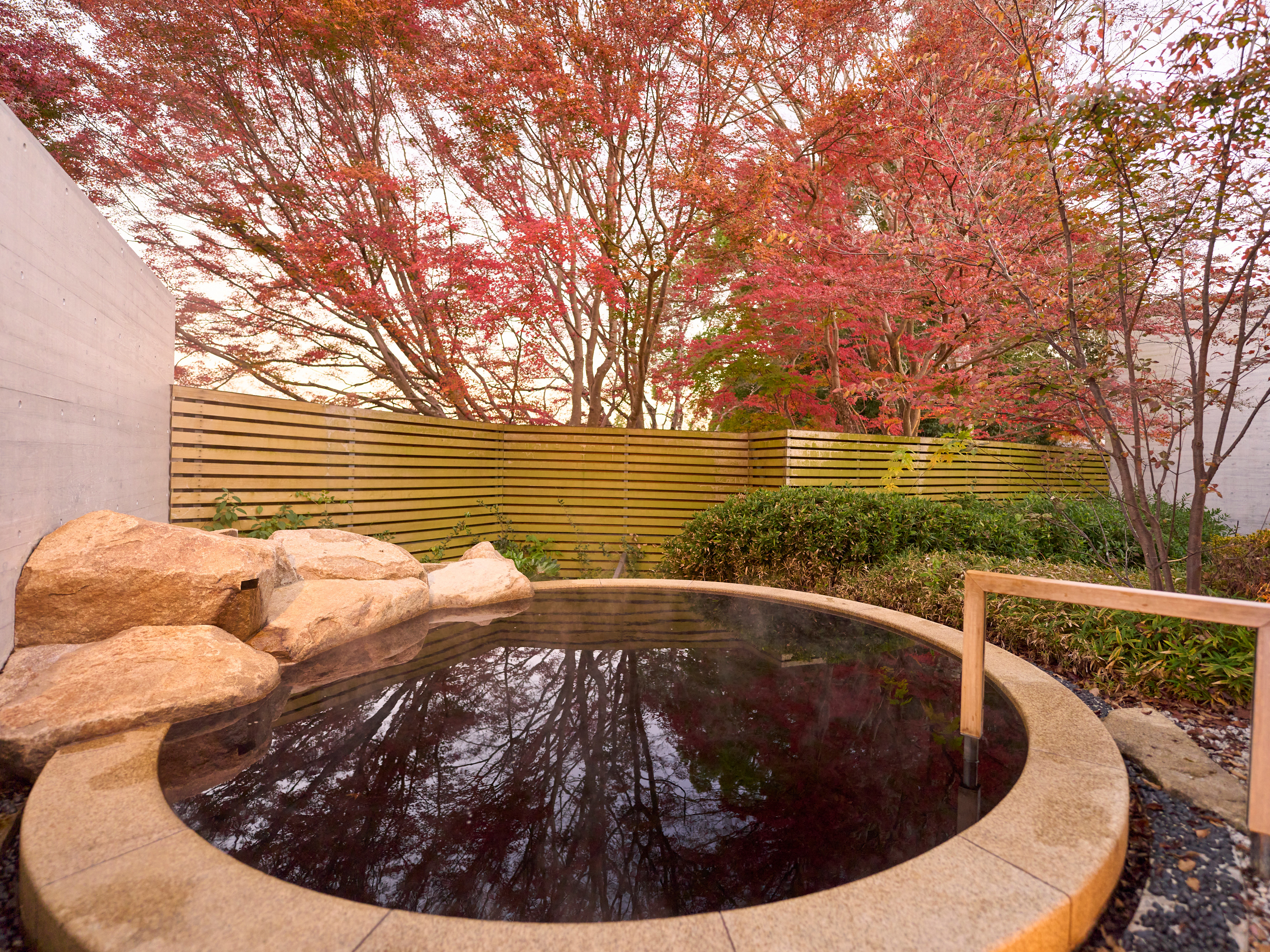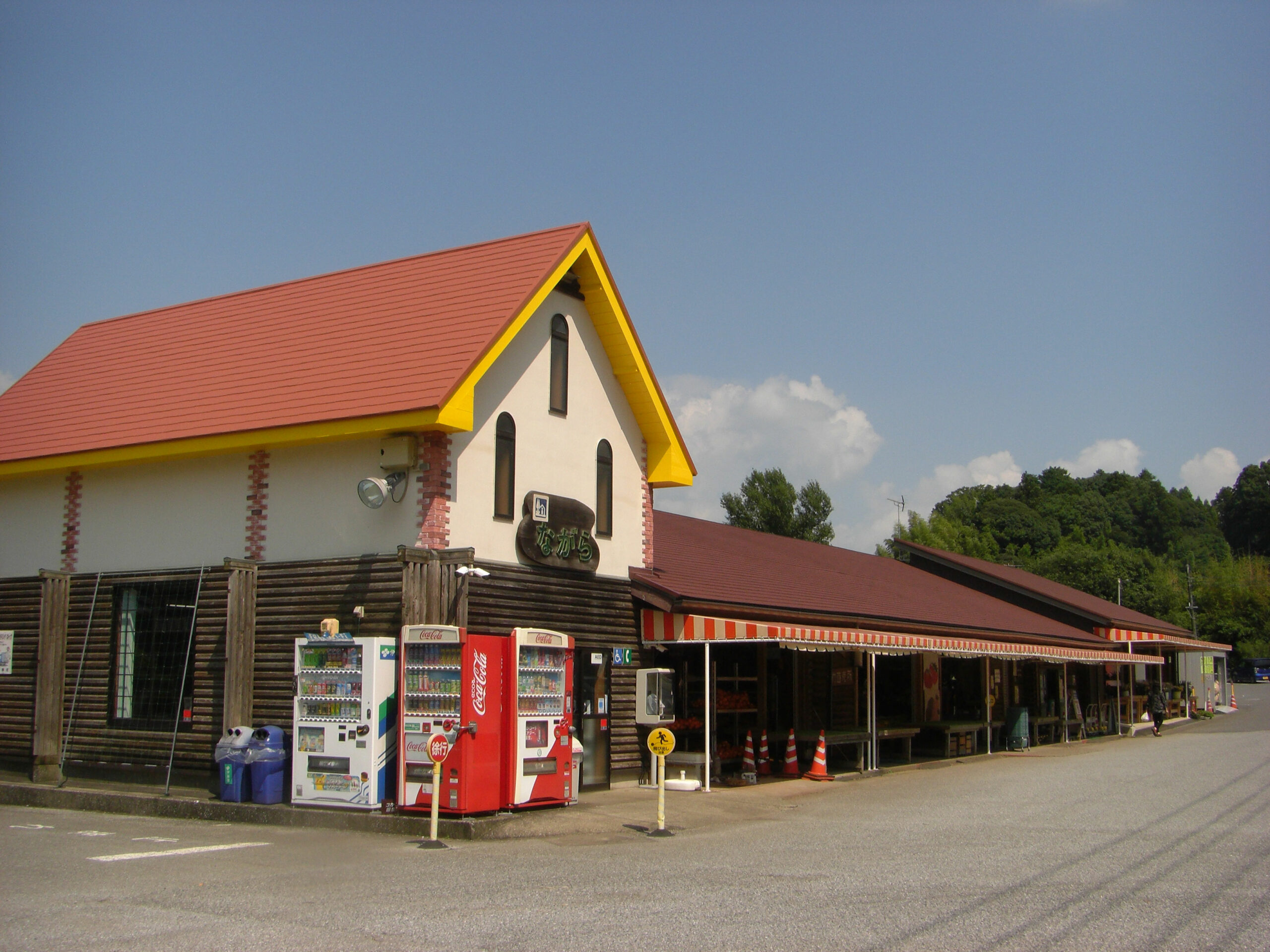
ながら温泉
長柄町役場に隣接し、町民以外も利用できる温泉施設が長柄町福祉センター館内にある。いたってシンプルな男女別の内湯のみだが、ナトリウム-炭酸水素塩冷鉱泉の真っ黒な湯は、成分の濃さを実感させてくれる。大広間もあるので、地元の人たちとのんびりくつろぐのもいい。
Info
Business Hours
Price
Spot Category

ホテルトリニティ書斎・グランヴォー スパ ヴィレッジ

フォレストアドベンチャー・ターザニア

ディア ワン スパガーデン

天然温泉「紅葉乃湯」露天風呂
The information provided reflects the details available at the time of the survey.
Please note that facility details may change due to the facility’s circumstances, so please check for the latest information before visiting.
This content has been translated using machine translation.
Information provided by: JTB Publishing
The content uses an automatic translation service, which is not always accurate.
The translated content may be different from the original meaning, so please understand and use it.

長柄町役場に隣接し、町民以外も利用できる温泉施設が長柄町福祉センター館内にある。いたってシンプルな男女別の内湯のみだが、ナトリウム-炭酸水素塩冷鉱泉の真っ黒な湯は、成分の濃さを実感させてくれる。大広間もあるので、地元の人たちとのんびりくつろぐのもいい。

朝どりの新鮮野菜を中心に、季節の農産物を販売している直売所がメイン施設で、トマト・原木椎茸・太巻寿しも評判。長柄ダムもすぐそば。周遊ハイキングコースも整備されており、四季折々の自然が楽しめる。特に春には約3300本の桜を愛でに多くの人が訪れる。夏は昆虫ドームが家族連れに大人気。周辺には史跡長柄横穴群、国の重要文化財である飯尾寺の木造不動明王坐像・眼蔵寺の梵鐘がある。

On the occasion of the Ojō Kōki, who was appointed as the lord of Osugasō, Shimousa Province, he was invited by Shinano Suwa Taisha Shrine as the god of the lord of the territory. He has since been revered as the god of industrial development, the god of wisdom, and in recent years as the god of advanced learning. The present main shrine is of the 1853 (Kaei 6) construction, and the annual festival "Sawara no Taisai (Autumn Festival)", which takes place in October every year, is designated as a national important intangible folk cultural property.

The temple of the Tendai sect, known as Narikiri (Namikiri), is a temple of the Tendai sect that collects the thick faith of the fishing people for great fishing prayers and sea protection. The main priest, Fudō Myōō, was reportedly picked up from the sea by the wives of the fishermen of the land during the middle Kamakura period and laid them here to rest. The thatched-roofed Fudō, which houses Fudō Myo, is designated as a national important cultural property, and is presumed to have been erected during the Muromachi period.

Western-style Mie-bashi, a masonry method, on the lower Nagao River at Takiguchi, Shirahama. Because there are three arches, it is not really glasses, but it has come to be called a glasses bridge from the appearance of moving to the river. The bridge was built in Meiji 21 (1888) with a donation of 399 yen and 40 yen from the villagers. He said he had walked across the river before the construction. It is a sturdy bridge that, in wartime, tanks passed through it without being broken by the Great Kanto Earthquake. Repair work was carried out in 1977 and 1993, and the figure remains at the time of construction. Prefectural Designated Tangible Cultural Property. Japan's Meihashi Hyakusyo.
This website uses cookies so that we can provide you with the best user experience possible. Cookie information is stored in your browser and performs functions such as recognising you when you return to our website and helping our team to understand which sections of the website you find most interesting and useful.
Strictly Necessary Cookie should be enabled at all times so that we can save your preferences for cookie settings.
If you disable this cookie, we will not be able to save your preferences. This means that every time you visit this website you will need to enable or disable cookies again.
